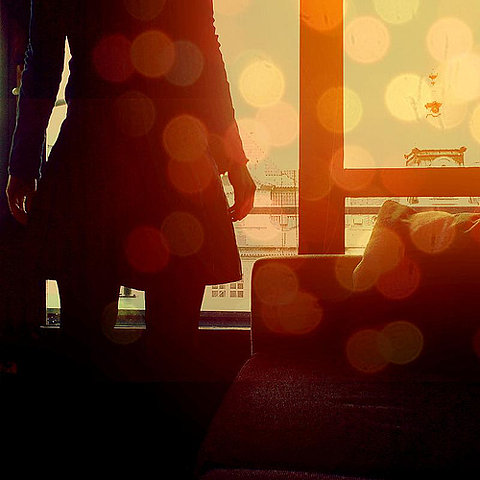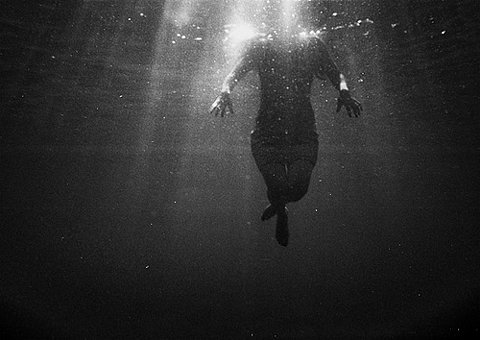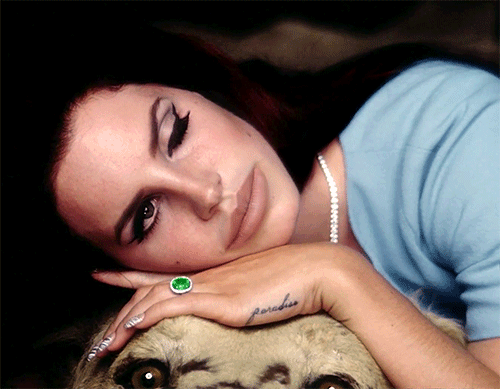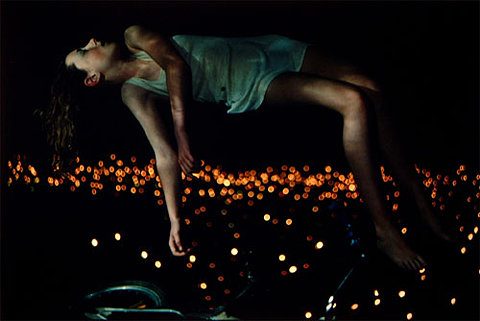This is a transcript of a talk given by Michael Stone as part of an online Precepts Course at Centre of Gravity in 2011. This course looked at the five yamas (from the first limb of Yoga) and took them up as precepts: ahimsa (not harming), satya (honesty), asteya (not stealing), brahmacharya (wise use of sexual energy), aparigraha (generosity).
Form
Welcome to the last talk of our precepts course. We’ve covered the precepts, the five yamas or vows we’re taking. They are: ahimsa or not harming. Satya: the practice of honesty. Asteya: not stealing or not taken what’s not given freely. Brahmacharya: the wise use of sexual energy. And lastly aparigraha or the practice of generosity/non-possessiveness. One of the interesting things about the precepts is that when you start looking at one precept -whether it’s non-violence or non-possessiveness – it starts opening up into all the other precepts. You can see how all the other precepts are connected to each other. And then as you keep going you see how all the precepts are connected to your whole life. And as the precept draws you deeper and deeper into your life, it also points out all of the places you get caught. The forms of any spiritual tradition are designed to act as a kind of net to catch your problems. This is the wonderful thing about form. So when we treat the precepts as a form and practice them as a form, at the literal level, then they start to catch us in places where our habits take over, in places where we’re unconscious or unmindful. Then the precepts come alive.
Eyelashes
Today I just wanted to talk generally about the precepts and precepts practice, and I also hope that as this course ends you’ll continue interiorizing the precepts. In the first talk I mentioned that the precepts are much like your eyelashes, over time, it’s not that you forget that they’re there, but that you come to see the world through their lens. When you blink you remember you have eyelashes. When you need the precepts at a literal level, they’re there for you. And then by paying attention to them at a literal level, they start to show up at a compassionate level, where in any given situation our ability to be present and responsible becomes the foundation for right/appropriate conduct. I also hope that as this course comes to an end you’ll continue your daily sitting practice. We’re not sitting for any reason, instead, it’s a ritual you repeat every day. And this ritual engages a global acceptance of what’s here, just to feel this, the light in the room, the sounds that come and go. When things get difficult you can say to yourself, “It’s just like this.”
Like This
I just came from the dentist today and had a cavity filled and they really worked for a long time, so one of the things I’m practicing today is to say, “Oh, it’s like this.” How does the mouth feel like today? It feels like this.” When something comes up our response to it is the beginning of right action, of appropriate conduct, of making a vow. The first vow that we need to learn how to make is to let things be. Simply to notice: oh there’s pain in the right bottom molar right now. Little by little, when we know how to let things be, we feel a space open up. It opens in all directions, and when we feel more spacious we also have a sense that this feeling of “me” that we’re so used to identifying with, is so uncomfortable and small.
I like to wake up in the morning and light some incense and sit and chant. The nice thing about meditation is that when it becomes a daily practice you really start opening up to what’s present. You have this contained space where you can feel the spaciousness of letting go, of not having to be anyone, of not having to decide what you like and don’t like, of what should happen. Sitting practice follows a vow to be present with what is. And in that space our stories can really begin to settle.
Save
This path is not just a technique of calming the mind, it’s actually a deeper practice we’re engaging in which is the bodhisattva path, which is to wake up for the benefit of all beings. One of the things that bodhisattvas share is this commitment to making a vow. What’s impressive about the vow is that it is impossible, this vow to save and serve all beings. Each morning I chant a vow to save all beings. I remember when I first heard the chant I really wanted to find out what word was being translated from Japanese to English when we vowed to “save” all beings. I had a problem with this word because it sounded so missionary. I was certain that I could retranslate the word “save” to “serve.” To serve all beings. So I went to Enkyo Roshi and she said, “It’s fine if you want to change the translation from save to serve, but why don’t you first practice it the way it is for ten years, and then you can retranslate it.”
It’s been two years now, and it’s been interesting because I can see the wisdom in this idea of saving beings. What I’m learning about it is that language can conjure the impossible. Because language can become so much more idealistic than our lives, it sets up a practice where we vow with our whole body to save all beings. And then it opens us up to the possibility of mistakes. While it sounds so idealistic, it’s also a practice that stretches our imagination so that we move out of the realm of technique – I’m just practicing to calm my mind – into the realm of a wider compassion and what I would call a religious feeling for life. In Yoga we call this Bhakti Yoga or devotional yoga, where we start off recognizing that in each moment with whatever’s arising we just release the preconceptions we have about it. The tongue releases, the eyes soften, and the breath comes easy and then we open up to what’s showing up and its background. This is simultaneously physiological and religious because over time, instead of it being technique-oriented and aimed at letting go, it becomes a practice of devotion. Practicing the precepts means being devoted to what’s actually showing up at each and every moment. That means you’re no longer limited to this body and this skin but you can be other bodies, you can become others. You can feel as best as you can via your own subjectivity what others feel. This is a process of compassion, or knowing the pain of others without being overwhelmed. I think this is the deepest form of bhakti or devotion. This is a practice of generosity, a practice of giving.
Generosity
When we talk about non-greed or non-possessiveness in a positive sense, we arrive at generosity. In traditional Buddhism there are three kinds of generosity. The first kind of generosity, literal generosity, is material gifts. When you possess something that could really benefit someone else, you try to give it to them. Maybe it’s a skill you have, or maybe you have an extra blender, or a little bit of extra money, or an extra bicycle. Perhaps you can lend someone some of your time so that their lives can go easier. The second category of giving (which is my favourite) is the gift of fearlessness. When the heart is settled and the mind is opened and the body is at ease we’re not as caught up in the constriction that comes with possessiveness. Then there’s a sense of generosity that comes out of fearlessness. The third form of generosity in traditional Buddhism is the gift of the dharma. To give the gift of these teachings might mean giving someone a book, or giving someone the deep presence that you’ve cultivated from practice. The third form means seeing the dharma as a gift, an invisible gift. And in addition to those three additional forms of generosity I would add some others like love, the gift of time, the gift of listening, the gift of your body, these hands and these eyes and ears, especially at death.
Death
Death can also be a practice of generosity. When you die, how can you really let go of this body? We don’t really hear people talking about death this way, usually we hear people talk about death as a taking away, but this is something good to meditate on. Some of you practice savasana, or corpse pose, where we let the breath soften and become shallow. Slowly you can start to feel how the earth or gravity can receive the bones and how the eyes start to drop deep into the suboccipitals at C2. It feels like the base of the skull widens and the eyes soften back into gravity. When my eyes get really heavy and my breath goes from my belly to just outside the nostrils, I feel a sense of generosity. As I let go into the earth, into time, I feel like I’m giving myself. This is a really nice practice to do every day.
Can we make our death a place of generosity? Perhaps it is a form of generosity where we give away what never really belonged to us in the first place. All of our ideas and possessions. The first level of generosity – giving material gifts – is obvious. Giving within your means. Giving what you can. But you can use your imagination to vow a form of generosity where at a koan level we’re giving the gift of fearlessness, meaning we’re able to liberate all beings from captivity. This means releasing prisoners, releasing birds, fish in farms, captive animals, releasing kids, releasing our parents. Liberating all things from our grip.
Fear
If you take this further, a way of using fearlessness as generosity is not just letting go of what you’re gripping, but seeing how all beings are Buddhas. The people we have a hard time with, the characters in us that we have a hard time with, all beings are Buddhas. I think this comes naturally when fear is not ever present. Maybe all the precepts just boil down to this deep practice of fearlessness, this sense that true generosity, the generosity that comes from being aware, is the ability to enter a situation fearlessly. This is a gift you can give to those you encounter. Being able to speak honestly, to let go of the masks. In The Heart Sutra it says that fearlessness arises from not having walls of the mind. And as we discussed earlier in the course, there are three really practical things you can do, both in the meditation practice and in daily life, that can help cultivate this. One is the practice of not-knowing which we defined as giving up fixed ideas about myself and others. Second is the practice of bearing witness, to really opening to what’s going on, which you can’t do if you have fixed ideas, and third is taking loving action. This refers to the loving action that comes spontaneously from the place of truly bearing witness, of really being able to see what’s actually going on.
Lenses
In The Yoga Sutra there’s a term anupassana which basically means: to see and to see again. What I encourage you to take away from this last part of the precepts course is just this practice of being able to see again, and to see again, and to see again and again and again. Imagine the precepts as five sides of a diamond that we’re always looking through – so we constantly have to change the angle of the diamond. If you think of each precept having three different levels, there are so many sides or lenses that we can use to constantly shift the way we’re seeing the world, so that we can really become whatever situation we’re in.
Love
I wanted to encourage you to really see that the ending of this precepts course is a vow to save all beings, which is impossible, and we undertake this impossible vow to catch our mistakes. To catch the places where we’re really in error, to look at our lives honestly and fiercely and courageously. I think we make vows all the time. I wouldn’t be able to get up in the morning if I didn’t have a vow. When you get up in the morning there’s a vow that you’re really going to enter your life, and there may be times in your life – when you’re depressed or in despair – when you don’t have this vow. I think at an unconscious level this vow- this beautiful motivation to love others – begins in childhood. When we get older we get knocked around by life, especially at school, and unlearn these vows. Perhaps religious life is simply relearning this native childhood vow to care for others. No matter how much you get hurt in the world, love can’t get entirely knocked out of you. I think it’s always there.
Vow
When you wake up and your feet roll out of bed and you stand up you’re making a vow that this day is worth living. And sometimes it’s true that you can lose this vow and I think that’s where spiritual practice comes in to really support us. If despair is not having a reason to live, then getting through the day is always going to be a kind of religious experience because there’s a deep sense that we’re getting through the day because we want to live. This course is encouraging you to look at that space. Why do I want to live? What’s important? The vow to contribute to the world is just the beginning. This course is a process of letting that grow. Maybe as a kid we have the experience of being astounded by the day and wanting to be with other people, and as an adult perhaps we can find those feelings again. But it’s not like trying to become a kid again, because we’re adults and we have so much accumulated experience. How do we practice this vow to be fully in our lives, and also match that with the experience of being knocked around? Now that this course is ending, a deep vow that’s coming up combines our wounds with our experience, our wisdom and history come together with this deeper religious sense for our lives. To become non-violence, to become honesty, to become generosity. To look honestly at possessiveness, at the unwise use of sexual energy when that happens, and to dishonesty when that occurs. And to atone when we’re not as loving as we could be.





